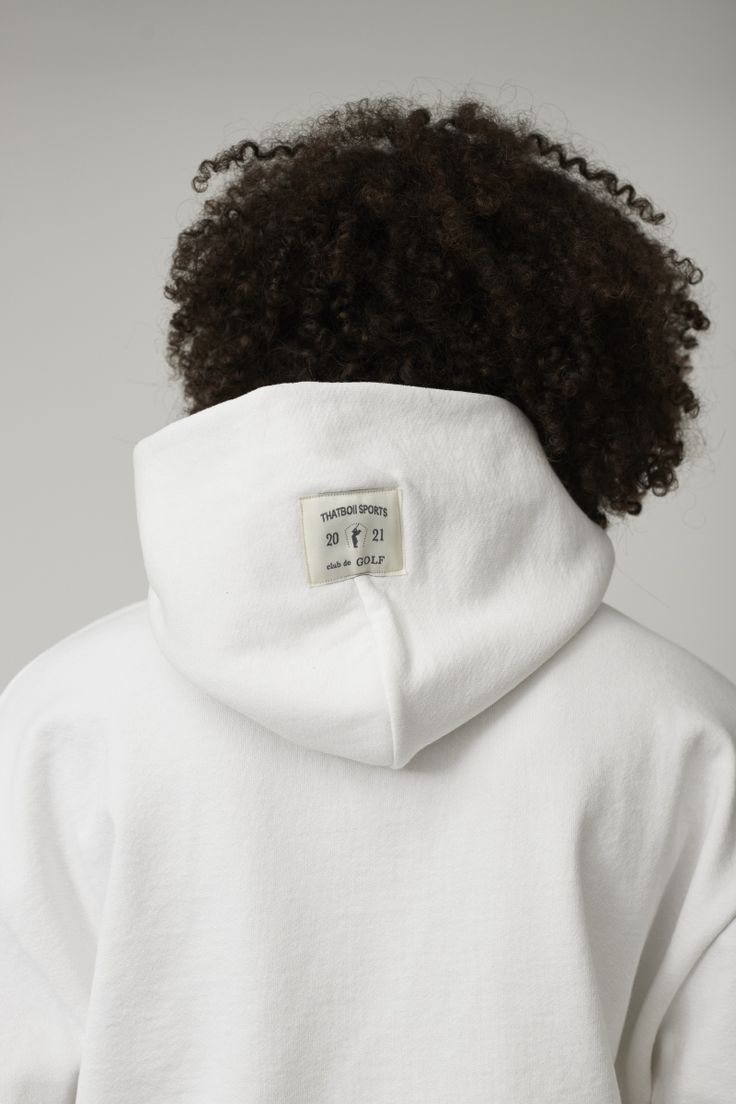
3D-Printed Hoodie The Future of Customized Clothing in 2025
Introduction
The fashion landscape in 2025 is undergoing a technological renaissance, with 3D-printed hoodies standing at the forefront of this transformative movement. These garments are not just about aesthetics or comfort—they embody a revolution in how apparel is conceptualized, crafted, and personalized. As technology and fashion fuse more intimately, 3D-printed hoodies symbolize the perfect marriage between design innovation and sustainable production methods. They are the embodiment of individualized expression and future-forward thinking, capturing the essence of what modern consumers seek in their wardrobe staples.
How 3D Printing is Reshaping Hoodie Design
3D printing has disrupted traditional manufacturing across various industries, and fashion is no exception. In hoodie design, it introduces a new era of limitless possibilities, where traditional stitching is replaced by intricate layering of materials guided by digital blueprints. This method allows designers to experiment with avant-garde silhouettes, detailed surface textures, and integrated features that were previously unimaginable with conventional techniques. The digital nature of the process also makes prototyping faster, enabling rapid iteration and customization at a scale never before seen in apparel development.
Personalization in the Age of 3D Printing
In 2025, personalization is more than a trend—it’s a consumer expectation. 3D-printed hoodies are revolutionizing this demand by offering unprecedented levels of customization. From body-specific measurements to texture preferences and integrated smart features, each hoodie can be tailored to reflect the unique preferences and functional needs of the wearer. Consumers can now choose their materials, adjust thermal zones, or even embed smart sensors into their garments, creating a wearable that’s as intelligent as it is fashionable.
Sustainability and On-Demand Production
As the global fashion industry seeks sustainable solutions to reduce its ecological impact, 3D printing emerges as a powerful ally. This technology minimizes material waste by only using the amount needed for each garment, contrasting sharply with the overproduction typical in fast fashion. Moreover, on-demand manufacturing eliminates the need for large inventories, reducing unsold stock and associated carbon footprints. 3D-printed hoodies are thus not only cutting-edge in design but also ethical in their production, aligning with the values of eco-conscious consumers in 2025.
Material Innovation in 3D-Printed Apparel
The materials used in 3D-printed hoodies are evolving rapidly, moving beyond rigid plastics to flexible, breathable, and even biodegradable filaments. Advances in polymer science have enabled the creation of textiles that mimic the softness and stretch of cotton while offering enhanced durability and performance. Some of these materials are infused with organic compounds or recycled content, pushing the boundaries of what sustainable luxury can look and feel like. As a result, wearers no longer have to compromise comfort for innovation—3D-printed fabrics offer both.
Smart Integration and Functional Fashion
Beyond visual appeal and structural novelty, 3D-printed hoodies in 2025 are at the cutting edge of functional fashion. Many are integrated with technology that enhances daily life: climate-control systems that adjust to body temperature, UV-resistant layers, built-in speakers, and fitness tracking sensors. This merging of digital functionality with physical clothing transforms the hoodie from a passive garment into an active lifestyle tool, making it a core piece in tech-savvy wardrobes.
The Role of Designers and Digital Artisans
With the rise of digital garment creation, the role of fashion designers is evolving. In 2025, they are part designer, part software expert, and part visionary. Tools like generative design software, virtual reality simulations, and parametric modeling are becoming standard in fashion houses and independent studios alike. Designers of 3D-printed hoodies are pushing creative boundaries by experimenting with form, interactivity, and modularity, bringing a new kind of artistry to streetwear staples.
Consumer Experience and Virtual Try-Ons
The shopping experience for 3D-printed hoodies has also been transformed. Consumers now engage with digital showrooms where they can visualize garments in real-time through augmented and virtual reality. Virtual fitting rooms allow shoppers to see how a piece will move and fit on their body using AI-generated avatars. This enhances the buying process, reduces returns, and gives consumers more confidence in customizing their hoodie’s shape, material, and color palette—all before any material is printed.
Global Adoption and Market Trends
Major fashion capitals, from Tokyo to Milan, are embracing 3D-printed fashion, but its influence extends beyond couture into mainstream retail. In 2025, brands across price points are exploring how to integrate this technology into their offerings. Whether through limited-edition collections, collaborations with digital artists, or modular accessories, 3D printing is no longer niche. The global apparel market sees it as a viable path to reduce waste, drive innovation, and cater to the growing demand for personalization.
Challenges and the Road Ahead
Despite the excitement, challenges remain in making 3D-printed hoodies a widespread reality. Scalability, cost of advanced materials, and consumer education are barriers yet to be fully overcome. However, the pace of innovation suggests these obstacles are temporary. As printers become faster, materials more affordable, and consumers more familiar with digital fashion, the hoodie—as a casual essential—may become one of the most commonly printed garments of the decade.
Conclusion
The journey of the 3D-printed hoodie from concept to wardrobe is emblematic of the future of fashion in 2025. It captures a bold shift toward customization, sustainability, and intelligent design—values that are shaping the new fashion ethos. These garments are more than clothing; they are interactive, ethical, and deeply personal statements about who we are and how we choose to live. As the technology matures and becomes more accessible, the 3D-printed hoodie stands poised not just as a trend but as a transformative force in how we think about style, identity, and innovation.


